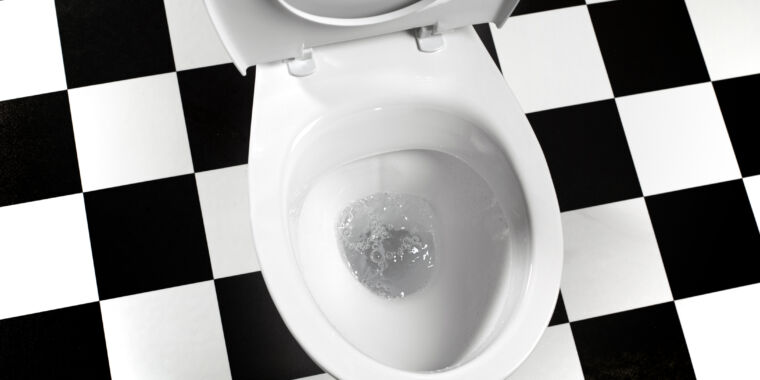Repeat creepy meat problems at Boar’s Head plants draw congressional scrutiny
“The totality of these issues demonstrate a repeated pattern of food safety negligence that jeopardized Americans’ public health, and sadly, lives were lost,” the lawmakers wrote in the letter.
While calling the ongoing, repeated problems “appalling,” they said they were “less than confident” that the Jarratt plant could safely reopen.
“It seems your company continues to show a disregard for food safety and for the public health of the American people,” they wrote.
The letter was addressed to Boar’s Head Chief Operating Officer Larry Helfant. It ends with a request for him to appear before the Congressional Food Safety Caucus—which is chaired by DeLauro—to answer questions about what’s going on at the company’s facilities. The Congress members gave Helfant until September 26 to respond.
In a statement emailed to Ars Technica, a Boar’s Head spokesperson said:
“In our more than 120-year history, what happened at our Jarratt facility was the first time that such an event occurred. We moved quickly, aggressively and decisively in close collaboration with regulators and leading food safety experts to identify the root cause of the problem and implement enhancements to our food manufacturing nationwide to prevent something like this from ever happening again.”
The company did not respond to questions from Ars Technica about the letter from lawmakers or whether Helfant would agree to testify before Congress. The company has also not responded to questions about the problems identified at the other facilities.
This post has been updated to include Boar’s Head’s statement to Ars Technica.
Repeat creepy meat problems at Boar’s Head plants draw congressional scrutiny Read More »



